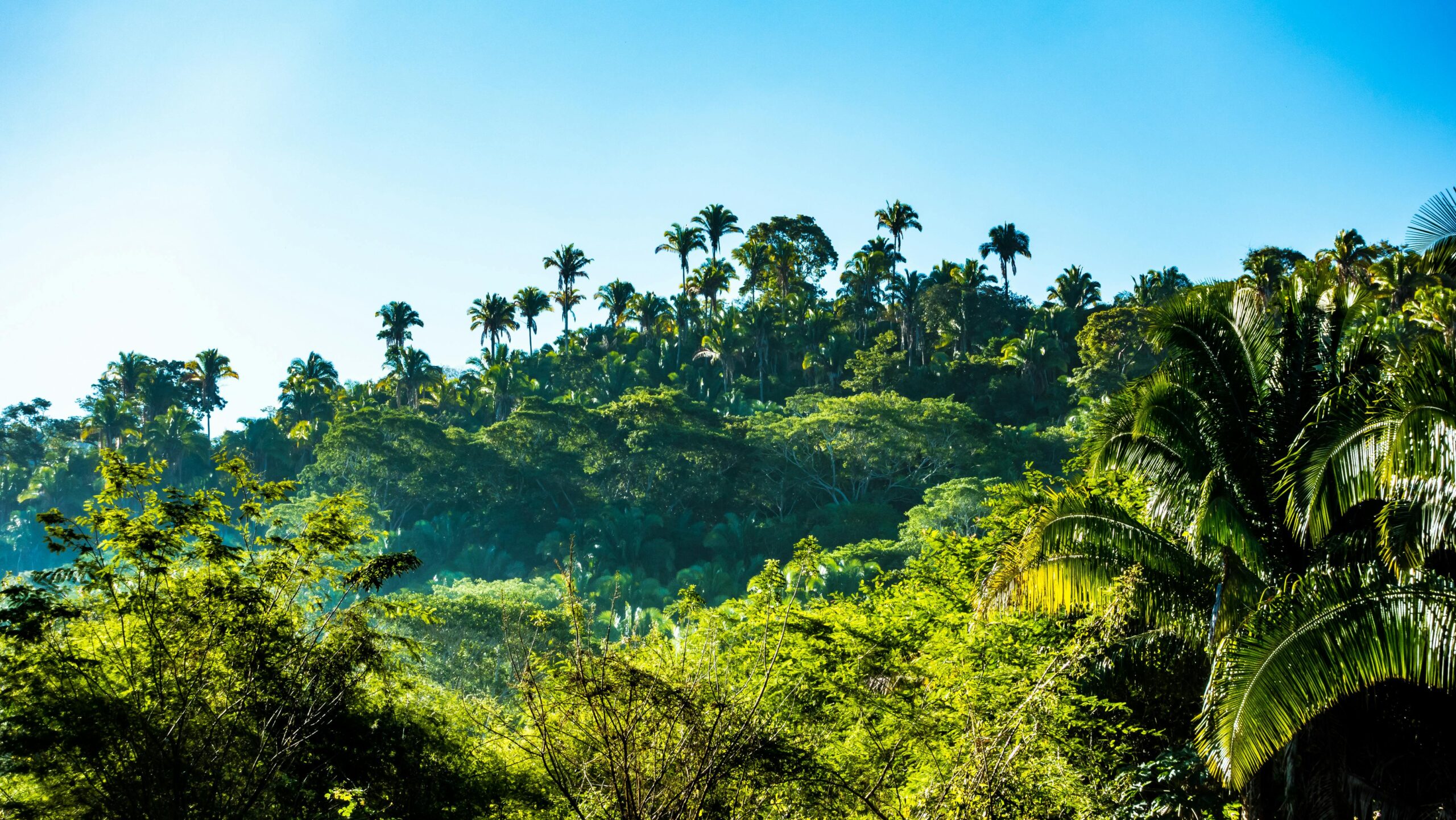These Enslaved women hid rice in their hair. Now it could Aid a climate-threatened world.

It’s not a well-known fact, but the Dutch, who had established a settlement in North America in the early 1600s, swapped it a few decades later for control of a large colony in South America. The big patch of semi-British-ruled land along the continent’s northern coast became known as Suriname; the small city on the American East Coast changed its name from New Amsterdam to New York.
MORE ON FOOD: How The Climate Crisis Could Ruin America’s Favorite Holiday Foods
MORE ON FOOD: A Food ‘Apocalypse’ Will Make Russian Energy Crisis The Least Of Our Worries
Sadly, like the United States before and after the American Revolution, slavery was the backbone of much of each place’s economy. However, in Suriname — which is still very lightly inhabited — there was a vast interior for slaves to escape to. And many of them did, establishing settlements deep in the Amazon rainforest.
And it is those people who may be instrumental in helping the world adjust to climate change — and for an extraordinary reason.
It’s because several slave women hid rice grains in their hair to grow when they found refuge deep in the jungle, reports The Guardian. Isolated for centuries, those rice samples are now part of a gene bank that has been established to save rare rice species that may prove to be particularly resilient to the climate crisis.
“You’d always have something to eat,” Nicholaas Pinas, a Surinamese researcher at the Netherlands’ Naturalis Biodiversity Center in Leiden and Wageningen University, told the outlet.
The variety is sorely needed locally, because Suriname has faced extreme weather in recent years; for example, in 2022 it was hit by heavy rainfall due to the climate crisis and La Niña weather patterns, resulting in widespread flooding in the interior.
And now there is little precipitation. “We are worried because we had a long period of drought,” said a local farmer, Albertina Adjako, who is experimenting with variants provided by Suriname’s state-backed rice research center, SNRI/ADRON. Meanwhile, the paper reports, 183 rice samples from the country have been stored in an agricultural archive on the Norwegian Arctic island of Svalbard, from which samples can be withdrawn when need arises.
Hair yesterday, rice tomorrow.






